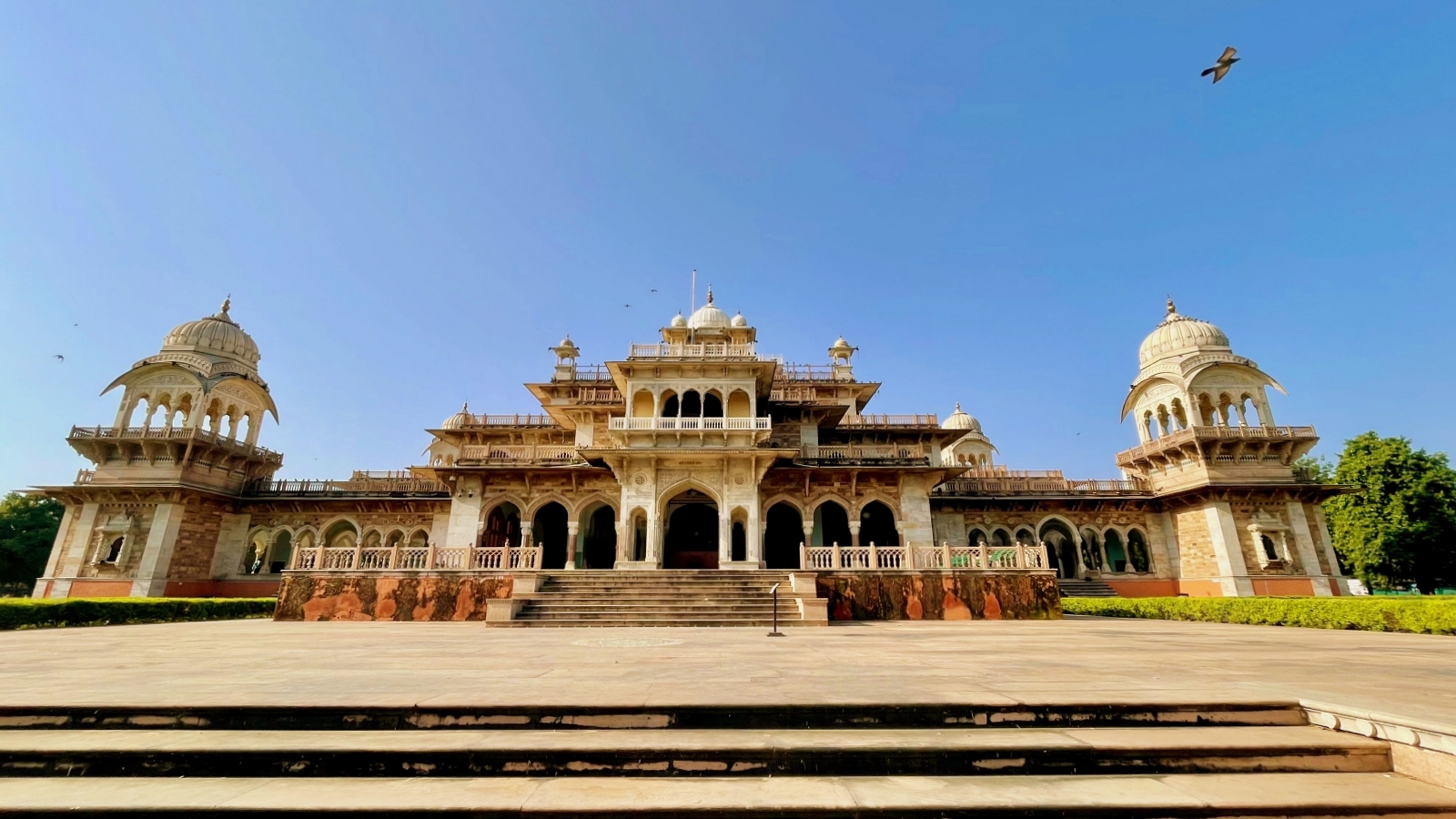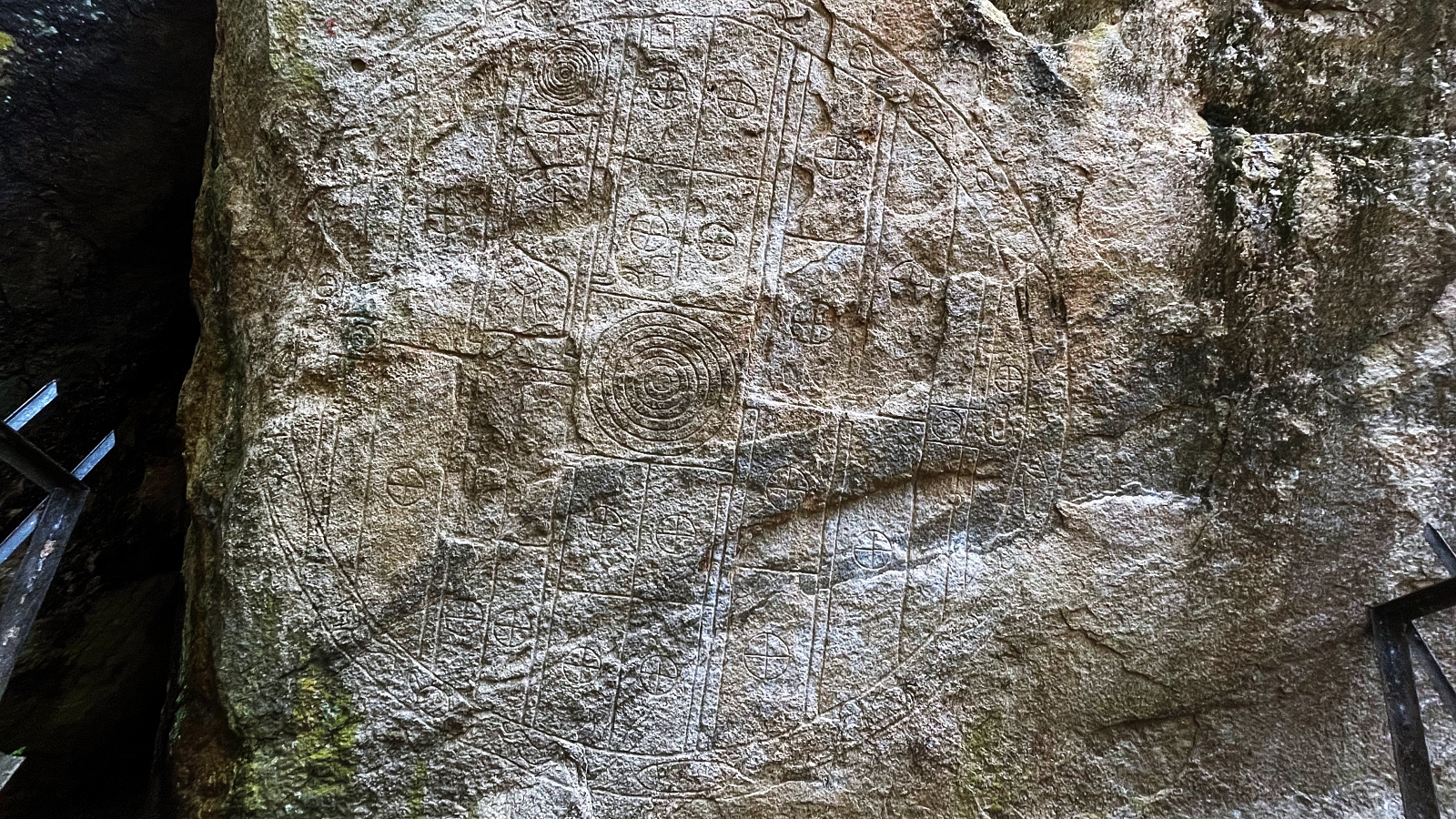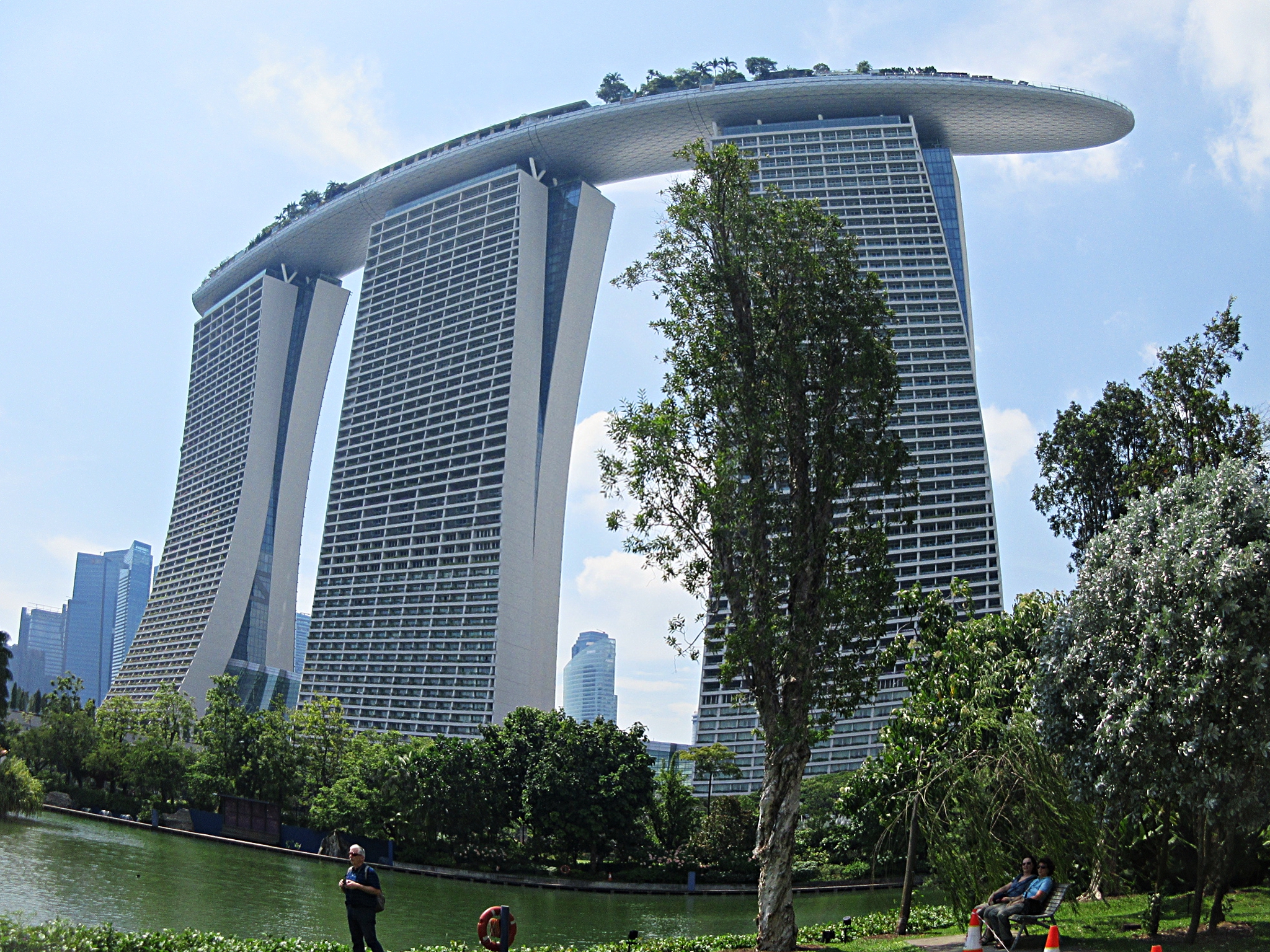Albert Hall Jaipur – The Oldest Museum in Rajasthan
The city of the royals, Jaipur, is well renowned for its illustrious past, but some of its treasures offer a detailed look into the events that shaped Rajasthan’s history. A sizeable collection of metalwork, ivory carving, jewellery, textiles, pottery, sculptures, and paintings from all over Rajasthan are on display in Albert Hall in addition to other items. These serve as evidence of the state’s rich cultural heritage. The venue is a sight to behold, with camels dressed in colourful clothes, flocks of pigeons fluttering through the sky, and the splendour of the Albert Hall standing solemnly in the background.

The Albert Hall, also known as the Central Museum of Jaipur, is situated at the southern end of Ram Niwas Garden. This 70-acre public garden has been expanded with wings for the zoological and ornithological collections. This oldest museum in Rajasthan has a very elegant appearance and blends the best elements of Indian and Saracenic architecture. A number of pillars, courtyards, and arches give this marble and sandstone structure, which was modelled after England’s Victoria Hall, a soaring appearance.
Table of Contents
Foundation of the Albert Hall
King Albert Edward placed the Albert Hall’s first cornerstone in 1876. The edifice was dedicated to the memory of Prince Albert, the late Prince of Wales. The museum and the Durbar Hall have both been housed in the Albert Hall building since 1887. The structure, which was created by Sir Swinton Jacob, shows that architectural details were more focused on functionality than on aesthetics.

The Albert Hall’s exteriors are mostly Indo-Saracenic, but its interior is dominated by the European Gothic Revival style. A beautiful collection of Jaipur glazed pottery may also be found inside Albert Hall. Only in 1886, when Madho Singh opted to turn it into a museum rather than utilise it as a town hall as his ancestor Maharaja Singh had intended, was it made available for public viewing.
Central Museum Collection
The Central Museum has a gallery that is entirely dedicated to the attire and jewellery of all the royals and tribal groups. A carpet museum is located in Durbar Hall, which could be reached by leaving the Central Museum with a staff member. One of India’s most magnificent carpets, which was created in Persia in 1632, stands out. This Persian carpet depicts the garden of paradise that Mirza Raja Jai Singh I acquired from Shah Abbas of Persia. Scenes from a Persian garden are represented entirely on silk fabric; fish can be seen in the irrigation ditches, which are flanked as was customary by fruit trees rather than the cypresses that have progressively taken their place in India’s remaining Mogul gardens.

Additionally, this venue also houses an Egyptian mummy that dates to the Ptolemaic period. The galleries on the ground floor received a thorough makeover in 1959 as a result of extensive remodelling work. Because it houses a variety of Rajasthani folk as well as classical musical instruments, the Central gallery on the ground floor is undoubtedly the most fascinating area of the museum for all music enthusiasts. Rajput kings’ portraits can be found on the museum’s upper floor.
A small woman wearing a turban is depicted in sculptures from the Central Museum’s other rare collections, which date back to the second century B.C. and a Shiva head made of stone that dates to the eighth century. Beautiful miniature paintings from the Jaipur, Udaipur, Kota, and Bundi schools of painting are also on display.
The majority of tourists visiting Rajasthan experience stylized puppet shows based on old legends in some place or the other, and so this museum also features a beautiful collection of puppets dressed in Rajput attire. Miniature paintings from Kota, Bikaner, Jodhpur, and Jaipur are on show on the upper floor. You will also get to see a human and a horse skeleton, and a stuffed snake. On the west side of the garden, there is a small zoo for those who want to see even more animals.



